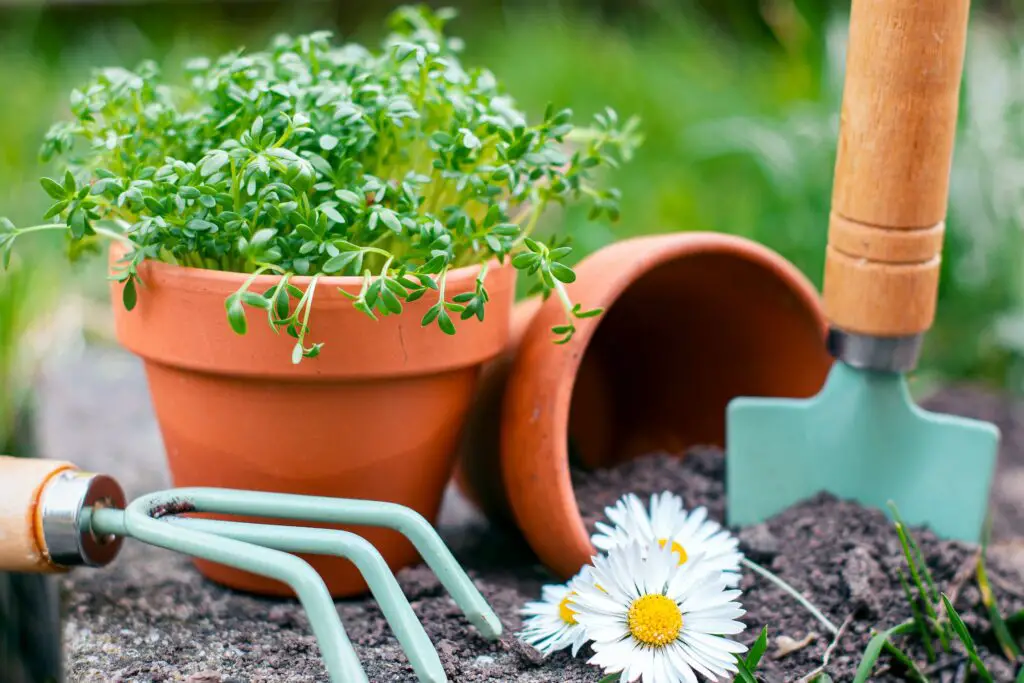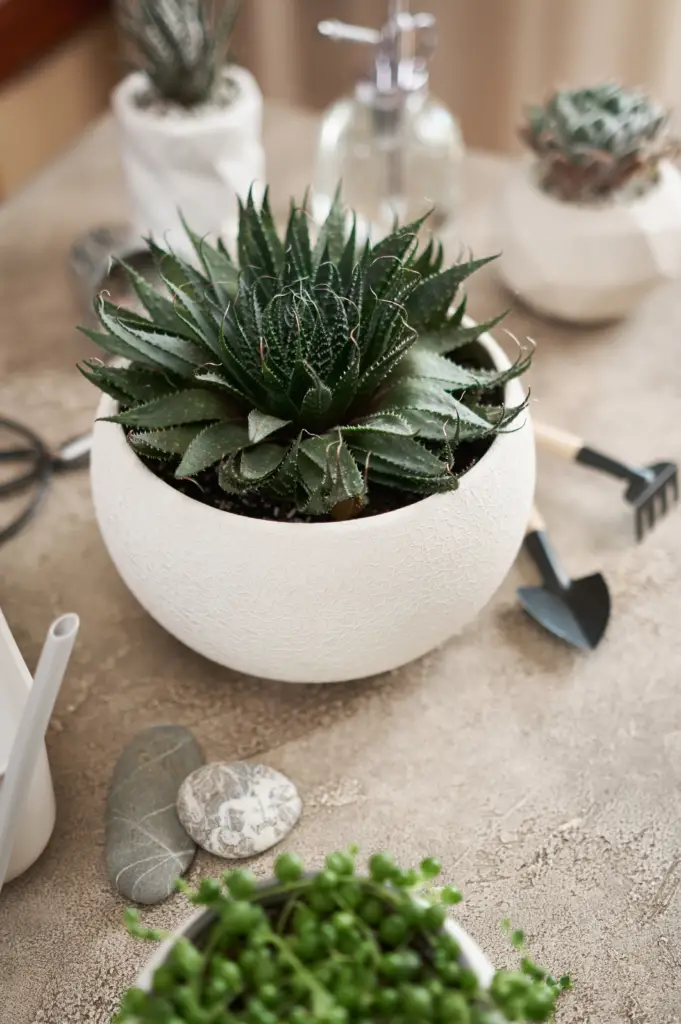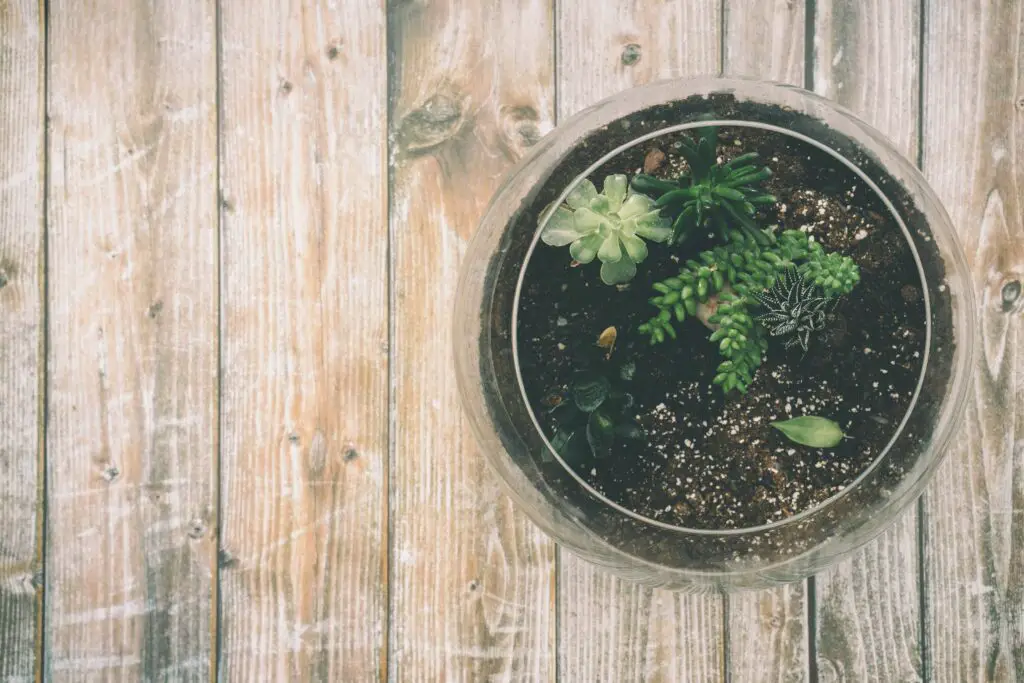Indoor succulent plants have become increasingly popular in recent years due to their low maintenance requirements and stunning visual appeal. To enhance their growth and aesthetics, choosing the right planter is crucial. This article will delve into the various types of planters available for indoor succulent plants, discussing their characteristics, benefits, and considerations. Whether you’re a seasoned succulent enthusiast or a beginner, this comprehensive guide will help you make an informed decision when selecting planters for your indoor succulents.
Table of Contents
Terracotta Planters
Terracotta planters are a classic choice for succulent enthusiasts. Made from fired clay, these porous containers provide excellent breathability for succulent roots. The porous nature of terracotta allows excess moisture to evaporate, preventing overwatering and potential root rot. However, terracotta planters can dry out quickly, requiring more frequent watering and potential water stains on surfaces.
Ceramic Planters
Ceramic planters come in various shapes, sizes, and colours, making them a versatile option for indoor succulents. These non-porous planters retain moisture better than terracotta, requiring less frequent watering. Ceramic planters are available in glazed or unglazed finishes, with glazed options offering a wider range of colours and textures. Ensure that ceramic planters have drainage holes or use a layer of rocks at the bottom for adequate drainage.
Glass or Transparent Planters
Glass planters are a trendy option for showcasing the unique beauty of succulent plants. These transparent containers allow for a clear view of the roots, soil, and patterns of growth. Glass planters are typically enclosed, creating a microclimate that can increase humidity and moisture retention. However, adequate drainage becomes crucial to prevent waterlogging. Additionally, be mindful of the plant’s light exposure, as excessive heat can lead to sunburn.
Hanging Planters
Hanging planters are an excellent space-saving solution for indoor succulents. These planters are suspended from ceilings, walls, or hooks, adding an intriguing visual element to your indoor space. Hanging planters can be made of various materials such as terracotta, ceramic, or plastic. Ensure that the hanging planter you choose has adequate drainage and secure hanging mechanisms to avoid accidents.
Geometric Planters
Geometric planters have gained popularity in modern interior design. These planters come in diverse geometric shapes, such as cubes, pyramids, and spheres, adding an artistic touch to your indoor succulent arrangement. Geometric planters are often made of materials like metal, concrete, or ceramic. While they may lack drainage holes, incorporating a layer of gravel or activated charcoal at the bottom can aid in water absorption.
Self-Watering Planters
For those with busy schedules or who tend to forget to water their plants, self-watering planters offer a convenient solution. These planters feature a reservoir system that allows the succulents to draw water as needed. Self-watering planters prevent overwatering, reduce maintenance, and provide a stable moisture level. However, it’s crucial to strike a balance, as succulents still require well-draining soil and proper airflow.
Vertical Wall Planters
Vertical wall planters are an innovative way to create a living wall of succulents indoors. These planters can be mounted on walls or freestanding structures, offering a unique focal point while maximising space utilization. Vertical wall planters are available in various materials, including plastic, felt, or metal, each with different installation methods. Adequate watering and drainage are essential for maintaining healthy succulents in these planters.
Conclusion
Selecting the right planter for your indoor succulent plants is a crucial step in their overall health and visual appeal. Consider the specific needs of your succulents, such as their watering requirements, root aeration, and aesthetic preferences. Whether you opt for terracotta, ceramic, glass, hanging, geometric, self-watering, or vertical wall planters, each type has its unique advantages and considerations. By understanding these various planter options, you can create an indoor succulent oasis that not only thrives but also adds beauty and tranquility to your living space.







